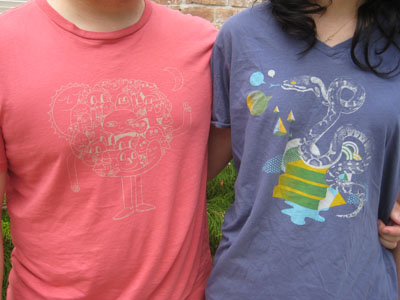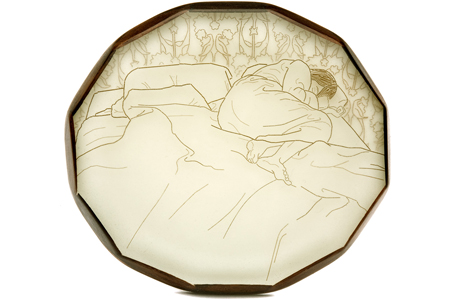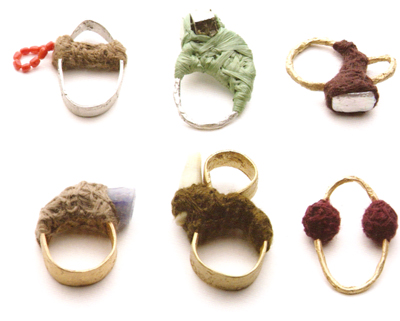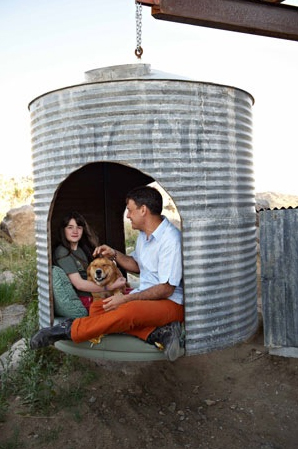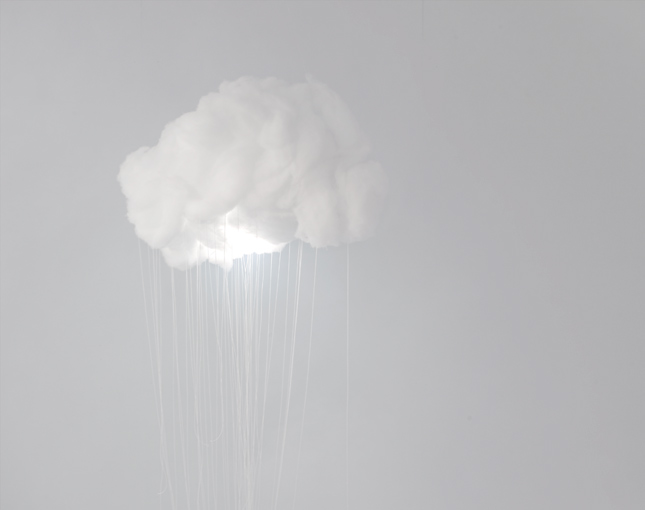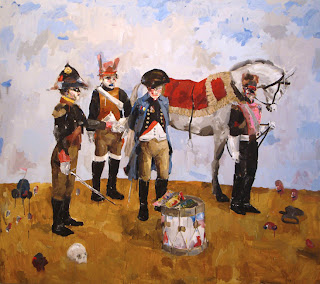I don’t remember exactly how I came to appreciate art. But I do know that I didn’t begin with Ab Ex cowboys like Pollock and De Kooning, much as I came to love them later on. I began, I’m nearly sure, with the more or less famous works of the all-American painters: Hopper, Homer, and Wyeth. That meant Hopper’s Nighthawks, Homer’s Gulf Stream, and, of course, Wyeth’s Christina’s World. They all communicated different varieties of a loneliness that seemed essentially American: Hopper’s metropolitan anonymity, Homer’s man-against-the-elements tussle, and Wyeth’s solitude of the iron will. In the words of D.H. Lawrence: “The essential American soul is hard, isolate, stoic, and a killer. It has never yet melted.” These paintings couldn’t melt. Each one had an air of melancholy that spoke to my own melancholy.

Christina’s World struck me as a triumph of craft. The grey-gold hue of the field came close to the appearance of bruised flesh. Amber waves of grain, these were not. No, this work of art is far from a testament to nature’s beauty and bounty. Christina’s twisted posture alone seemed patently unnatural, curving toward the house, as the road curved away. From the looks of it, she had no use for roads and paths. Thoreau might as well have been talking about her:
I wanted to live deep and suck out all the marrow of life, to live so sturdily and Spartan-like as to put to rout all that was not life, to cut a broad swath and shave close, to drive life into a corner, and reduce it to its lowest terms, and, if it proved to be mean, why then to get the whole and genuine meanness of it, and publish its meanness to the world; or if it were sublime, to know it by experience, and be able to give a true account of it…
Christina had no say: she was born to the mean minimal life of the country cripple. But she would hardly accept a limited existence, imprisoned in her own quarters, in a chair, cut off from that windy land and the big-sky landscape. She’d wrest liberty back. She would cut that broad swath—as she did very literally in Wyeth’s bone-dry grass, having wandered so far afield that her house fades into a cloudy silhouette against the horizon. The background is dark for a reason: like everything else, the Depression turned it into a gloomy husk of its original form. The background is also small for a reason. Wyeth’s composition thrusts Christina so far into the foreground that she dwarfs the that faraway house, comparing the largeness of her will to the smallness of anything that might confine it. Or define it.
“Formulaic stuff not very effective even as illustrational ‘realism,'” is how Peter Schjeldahl wrote this off. Art critics at the time were brandishing arms and theories in defense of Modernism. This was the time of Pollock and here was Wyeth, the consummate realist sticking to his guns, while the world was seduced by abstraction. It’s no surprise that illustrators today stand by him. His style seemed to gracefully encompass both a gestural wildness and painstaking detail, a sense of hope alongside misanthropy. He illustrated one thing to perfection: how an artist can brave the bandwagon mentality of the art world, without giving up a single facet of his singular vision.
rs

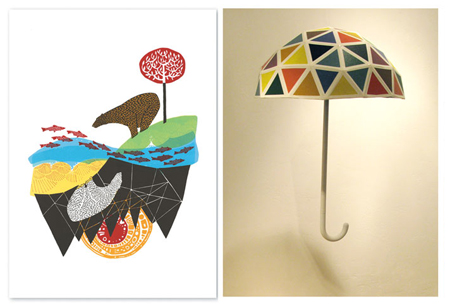 We’ve accumulated a few illustration books/magazines lately, and I haven’t had the time to go look at them more throughly. A few pieces from American Illustration 27 that caught my  eye tonight- looks like color blast is the theme.
We’ve accumulated a few illustration books/magazines lately, and I haven’t had the time to go look at them more throughly. A few pieces from American Illustration 27 that caught my  eye tonight- looks like color blast is the theme.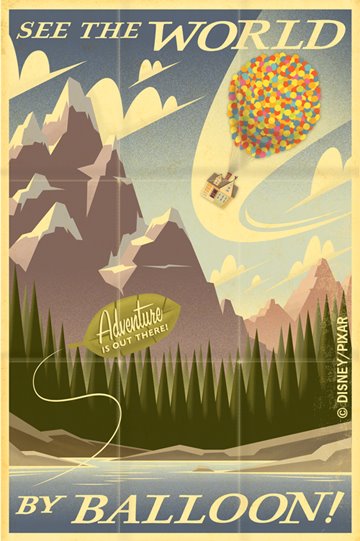
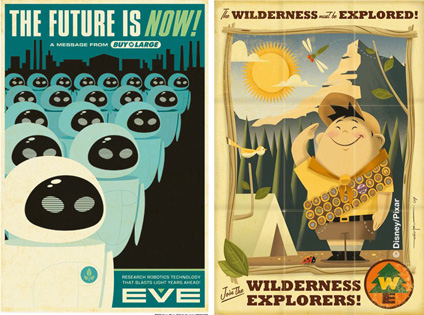
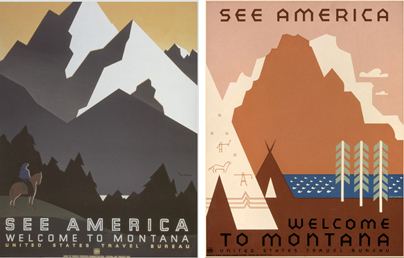
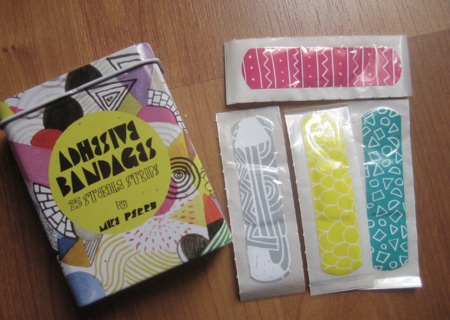
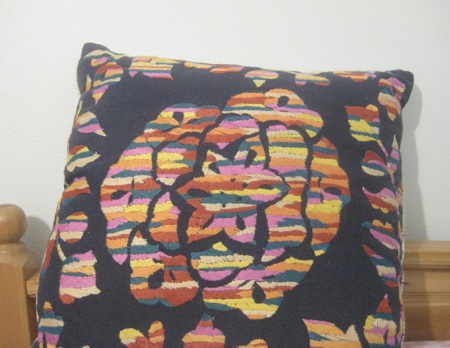
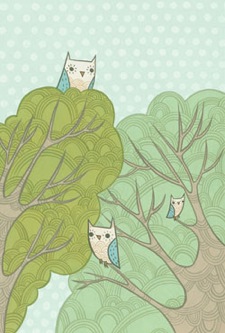
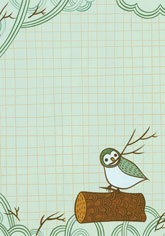 Chronicle Books
Chronicle Books 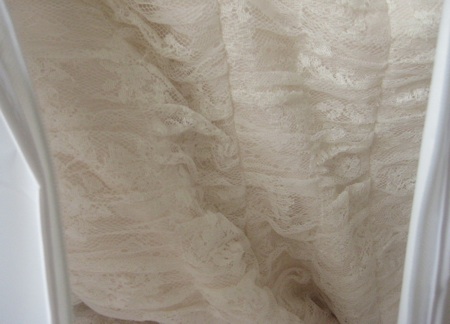 Sneak peak at my dress.
Sneak peak at my dress.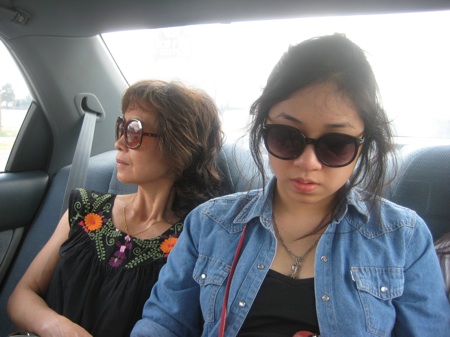 Mom and baby sister, Thuy. Don’t they look cute?
Mom and baby sister, Thuy. Don’t they look cute?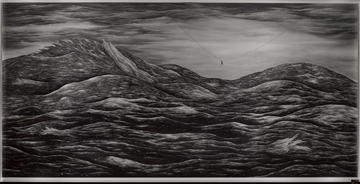
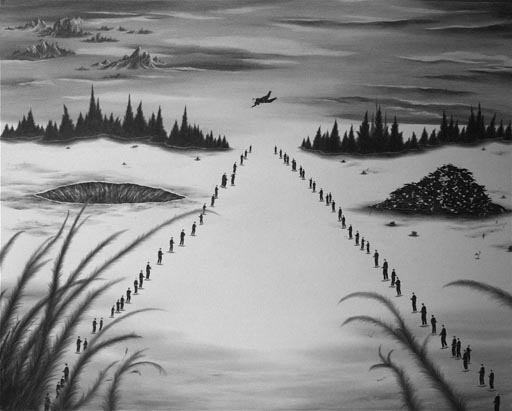
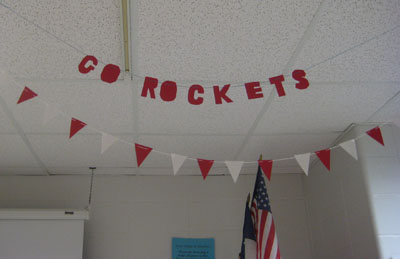
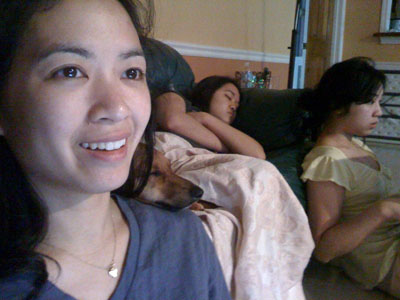 Â Aaron Brooks scores another 3. Look at Igby sleeping on my shoulder!
 Aaron Brooks scores another 3. Look at Igby sleeping on my shoulder!